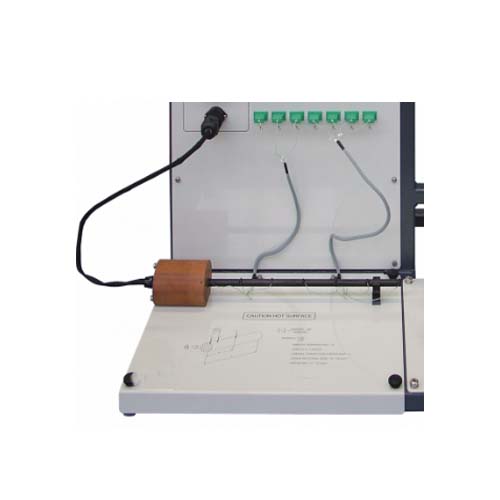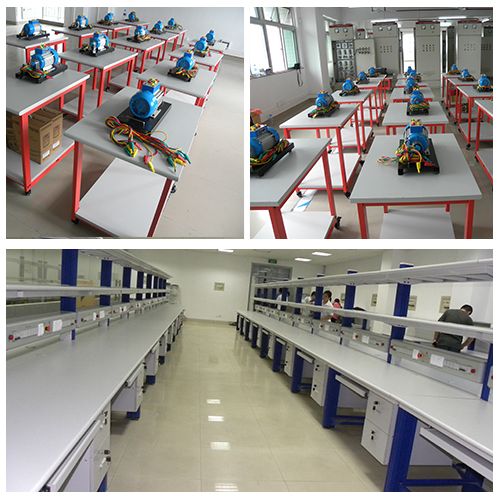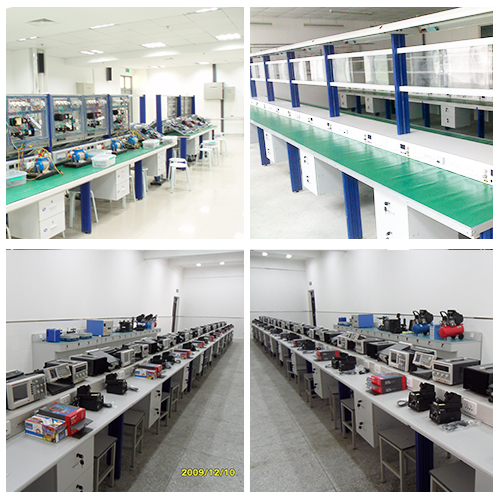MR027 Extended Surface Heat Transfer Thermal Training Equipment Teaching Equipment

Features
• One of four optional experiments for the Heat Transfer Experiments Base Unit
• Fits quickly and easily onto the Heat Transfer Experiments Base Unit and water connections have self-sealing quick connectors needing no tools
• Shows how a long thin rod conducts heat along it and how heat is lost due to radiation and convection
• Clear schematic printed on the baseplate aids student understanding
• An ideal practical example of combined heat transfer
• Safe, low-voltage heater with over-temperature cut-out
Description

This experiment has a thin solid bar with an electric heater (heat source) at one end. It mounts on a base plate with a clear schematic of the experiment layout. The bar has a matt black coating for a consistent and predictable emissivity value. Thermocouples measure the temperature along the surface of the bar at equally spaced intervals.
The electric heater and thermocouples connect to sockets on the Heat Transfer Experiments Base Unit. Heat conducts along the bar and transfers to the local surroundings by natural convection and radiation. Students use initial test results to predict the temperatures and heat flow along the bar.
Learning Outcomes
• To demonstrate how heat transfers from the surface of a solid bar or rod
• To demonstrate the temperatures on, and heat flow through the solid bar to its surroundings
Essential Base Unit

• Heat Transfer Experiments Base Unit
Operating Conditions
Operating environment:
Laboratory
Storage temperature range:
–25°C to +55°C (when packed for transport)
Operating temperature range:
+5°C to +40°C
Operating relative humidity range:
80% at temperatures < 31°C decreasing linearly to 50% at 40°C
- cylindrical Bar. Brass, Ø 10mm X 350mm (L)
- 8 x Thermocouples: 50mm intervals


